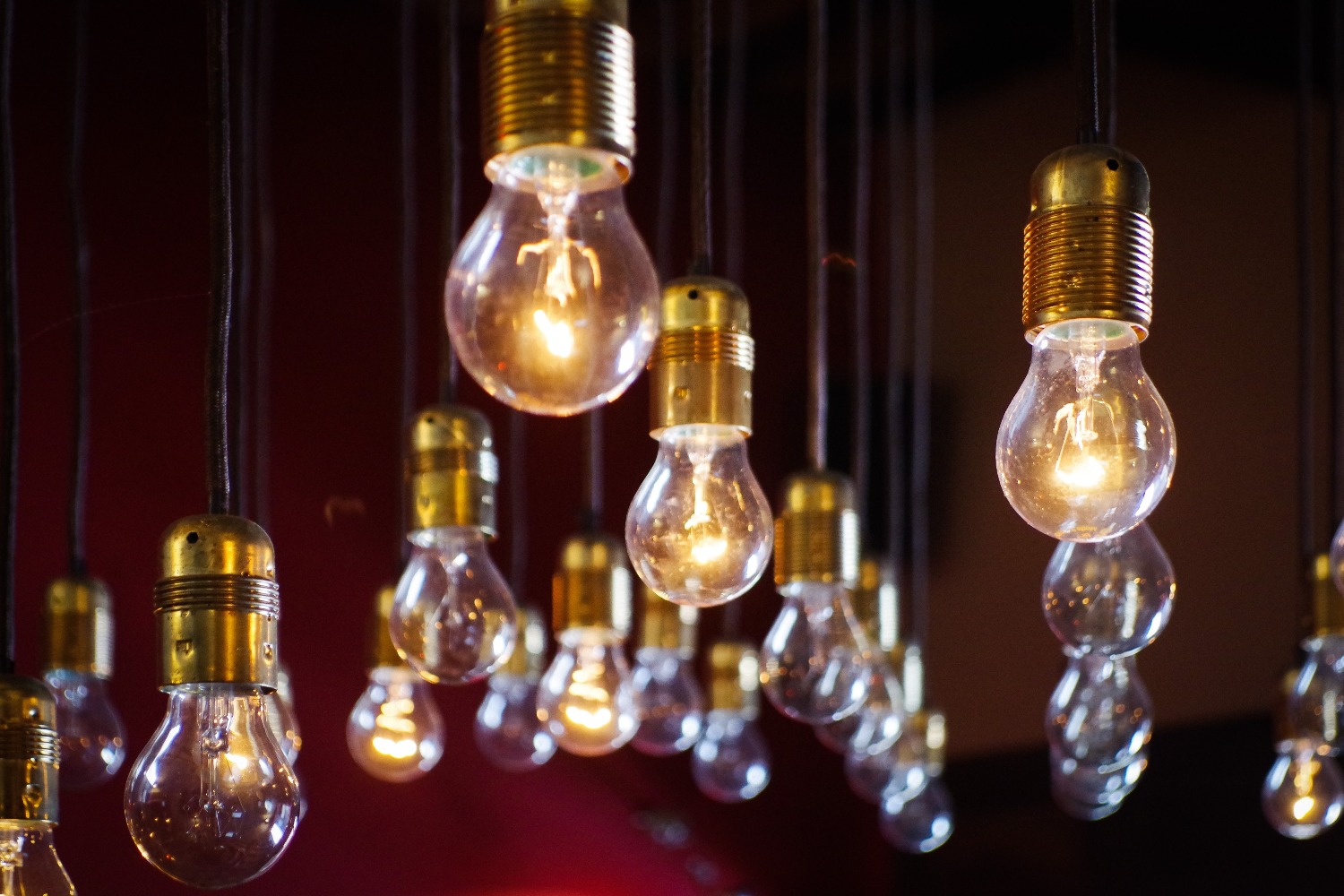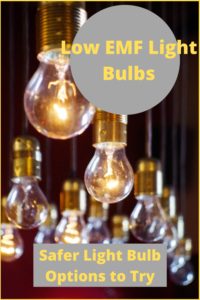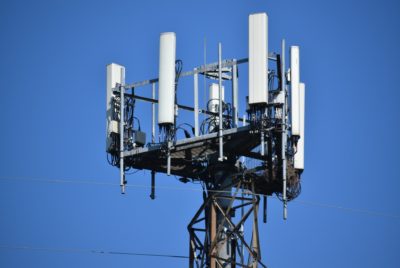When you close your eyes and think of some devices that emit EMF, you can probably come up of a number of things such as your microwave, power lines, your cell phone, or even your internet connection. But light bulbs? Sure, I get it, light bulbs may not be the first thing that comes to mind but, yes, this common household item actually does produce a great deal of EMF radiation. It’s an issue that needs to be combated. And that’s what we’ll do today. We’ll discuss some low EMF light bulbs to know about and how to change your light bulb setting to minimize EMF radiation exposure.
Some Basic Information – EMF and light bulbs
How do light bulbs produce EMF? Well, in a number of ways actually.
Newer Light Bulbs and WiFi
For starters, there’s the WiFi issue. Many new light bulbs are smart-designed, and operate with WiFi capabilities. The more of those you install, the higher the EMF levels in your home.
Dirty Electricity and Energy Efficient Bulbs
Dirty electricity is another way that EMF is produced. A newer bulb uses less electricity than what’s used in a standard home (for energy efficiency reasons). Regardless, the same amount of energy is delivered to both efficient and non-efficient bulbs. So what ends up happening to the surplus energy received by new bulbs? Well, it gets sent back to the circuits of your home. And this leads to the production of dirty electricity, which is a source of EMF radiation.
Measuring Dirty Electricity
Here, a recommended tool is the EMF meter. You can use an EMF meter to check for the levels of dirty electricity in your home. And we recommend taking at least two readings when doing so. First, take a reading when the lights are switched on. Then take a second reading when the lights are switched off. If the EMF meter shows a higher reading with lights on, then you may have a dirty electricity problem in your home.
Safer Light Bulb Options to Try
So what are the safest light bulbs to choose from an EMF standpoint, well, we recommend the use of incandescent bulbs here. Incandescent bulbs were made to work in the majority of home circuits. They work great with both old and new installations, making them safe. Best of all, from our standpoint here, the production of dirty electricity is minimal to none. Plus, they lack Bluetooth and WiFi capacity. And, yes, while they may not be as energy efficient or even as long lasting as other light bulbs, incandescent bulbs do tend to be little more pocket friendly.
One great option we recommend here are the bulbs sold by Sunlite (link to Amazon.com). Sunlite actually sells a 25-pack of incandescent bulbs, and although the actual price does vary by wattage, one pack of those and you should be set for a while.
Are There Any Specific Light Bulbs to Avoid?
So, are there any specific light bulbs to avoid? Well, it is necessary to avoid smart bulbs that use Bluetooth or WiFi when possible. These bulbs don’t just consist of LED (which is a cause of dirty electricity). But also, the signals of those bulbs are a separate source of EMF.
We also recommend avoiding any bulb known to produce dirty electricity. Beyond LED, we recommend you avoid CFL (compact fluorescent light) bulbs as well.
Another bulb that should be avoided is the remote-controlled variant. Remote controlled bulbs tend to be sold in the form of light strips. Yet, they are also sources of dirty electricity.
Minimizing Exposure to EMF
Reducing your exposure is important in order to steer clear of the health issues related to EMF radiation. Your best option is to choose to use incandescent bulbs. They do tend to be less energy efficient, but merely turning light fixtures off when not in use will go a long way toward reducing your cost of electricity. When we have to use LED bulbs, smart bulbs, or CFLs, we should attempt to do so as sparingly as possible.
In Conclusion
Lowering your EMF home levels should be a long-term, step by step project. And changing your light bulbs is one step in that direction!
Like this article? Pin it on Pinterest!





